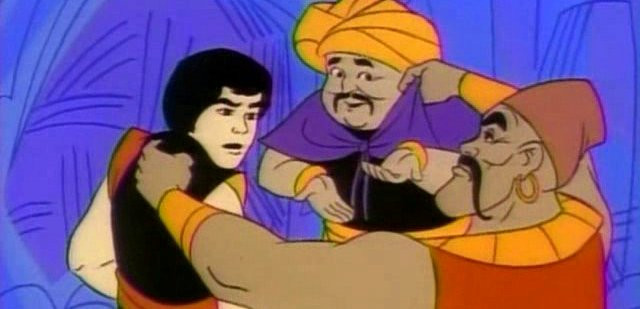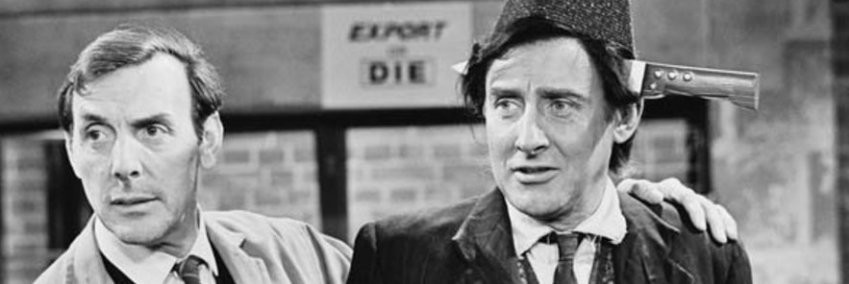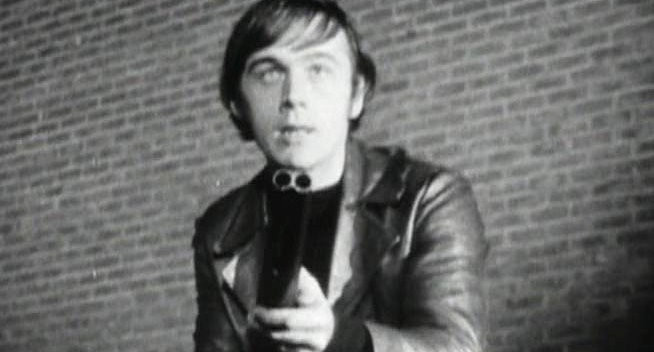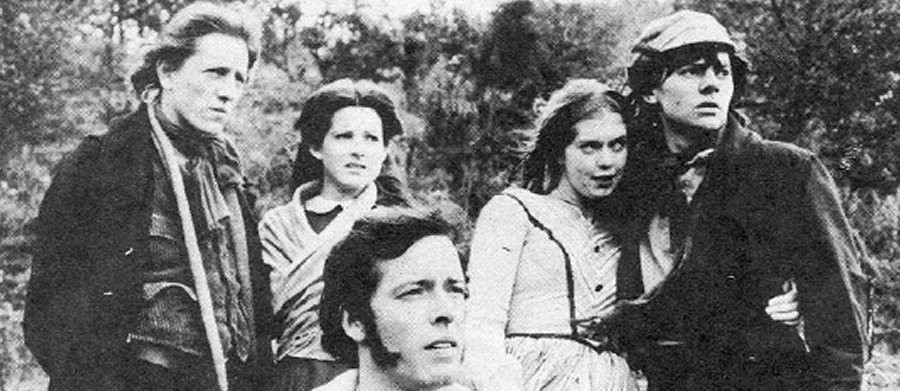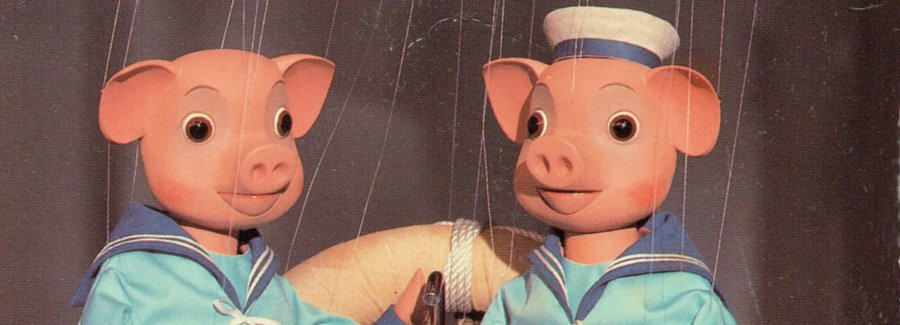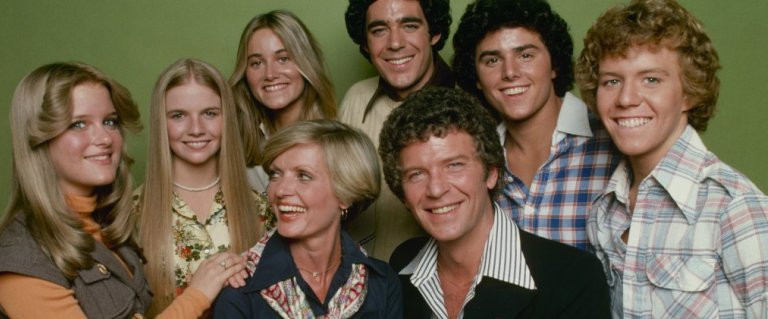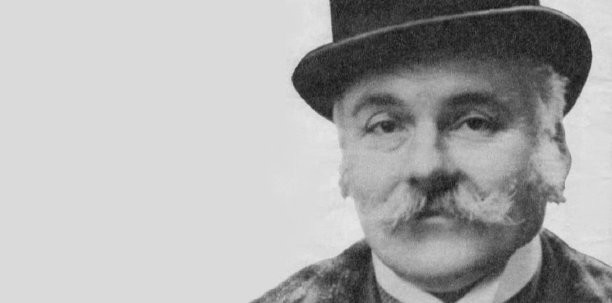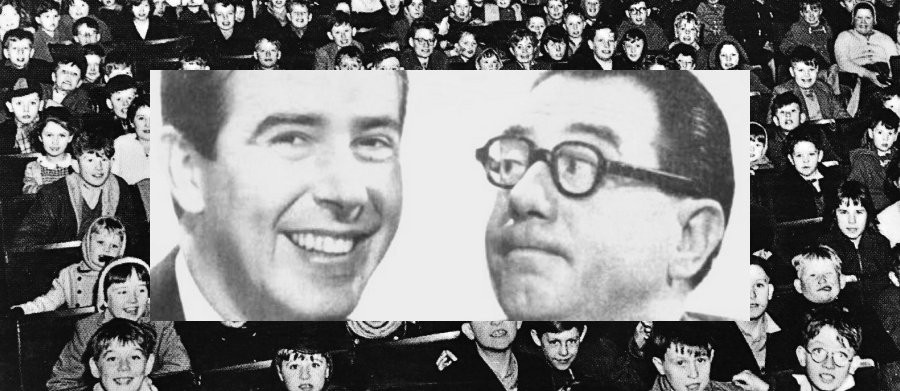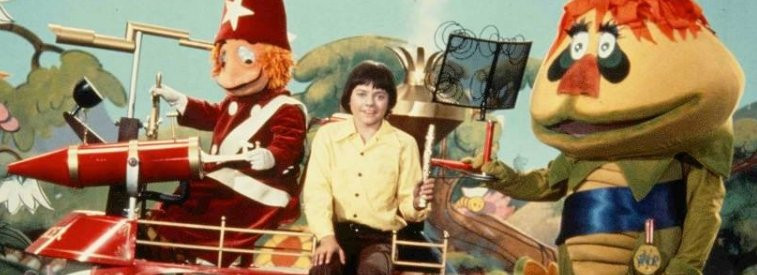
H.R. Pufnstuf
1969 - United StatesPsychedelic Pantomime with a Touch of Oz
A kaleidoscope of colour, song, and surreal charm, H.R. Pufnstuf may have been short-lived, but its legacy lingers like a childhood dream you’re never quite sure you didn’t imagine. Originally airing in 1969, this American import brought a vibrant burst of fantasy to British screens, blending musical theatre, puppetry, and fairytale whimsy in a way that defied genre and logic – and that was very much the point.
Front and centre is Jack Wild, fresh from his Oscar-nominated turn as the Artful Dodger in Oliver!. Here, he swaps Victorian London for Living Island, a strange and sunny land where dragons govern, frogs wear dresses, and flutes can talk. Wilde’s natural charm and youthful energy anchor the madness, giving the show a likeable hero in the form of Jimmy – a boy who, in the opening episode, is lured to the island by a beautiful boat and promptly shipwrecked by the cackling villainess Witchiepoo.
Witchiepoo, played with gleeful theatricality by Billie Hayes, is as close to a panto dame as American television ever dared get. Her relentless attempts to snatch Jimmy’s enchanted flute, Freddie, provide the show’s central conflict, though these escapades were always more comic than threatening. Her failure rate is total – Freddie never leaves Jimmy’s side – but her presence ensures the show has a mischievous edge amid the rainbow palette.
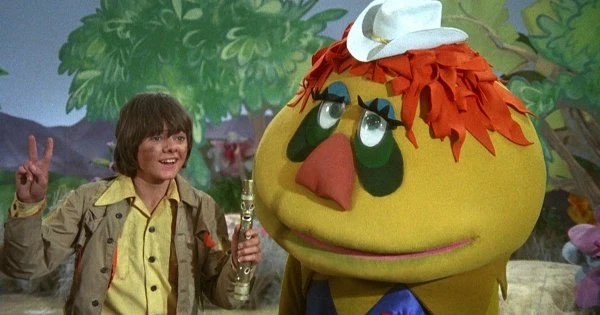
Helping Jimmy survive this topsy-turvy world is the titular H.R. Pufnstuf, a friendly dragon and mayor of Living Island. Alongside him is an oddball ensemble of life-size puppet characters: Judy the Frog, Cling and Clang, Ludicrous Lion, and the endearingly bumbling Dr. Blinky. While the names suggest pure silliness, the execution was surprisingly sophisticated. The puppetry was polished, the costumes intricate, and the set design – though thoroughly psychedelic – was crafted to a standard that belied the show's brief run.
The series' musical element deserves special mention. Each episode was peppered with original songs – catchy, quirky, and often performed with full choreography. It’s easy to see the Wizard of Oz influence, not only in the plot’s portal-to-a-fantasy-land structure but in the way music drives much of the storytelling.
Though only one series was made, its popularity led to a feature film released in 1970, which further cemented H.R. Pufnstuf as a cult classic. For a certain generation, the show remains a touchstone of Saturday morning television – odd, inventive, and oddly endearing.
In retrospect, H.R. Pufnstuf feels like a fever dream pitched somewhere between children’s TV and counterculture fantasy. It’s undeniably of its time – there’s a whiff of flower power in the air and an unapologetic weirdness to its humour – but that’s precisely why it still enchants. It doesn’t aim for logic; it aims for magic, and on that front, it delivers in spades.
★★★☆☆ – Bonkers but bewitching. A must for nostalgia lovers and anyone craving something gloriously daft.
Seen this show? How do you rate it?
Seen this show? How do you rate it?
Published on November 5th, 2024. Written by Skip Wilson Jr. for Television Heaven.



